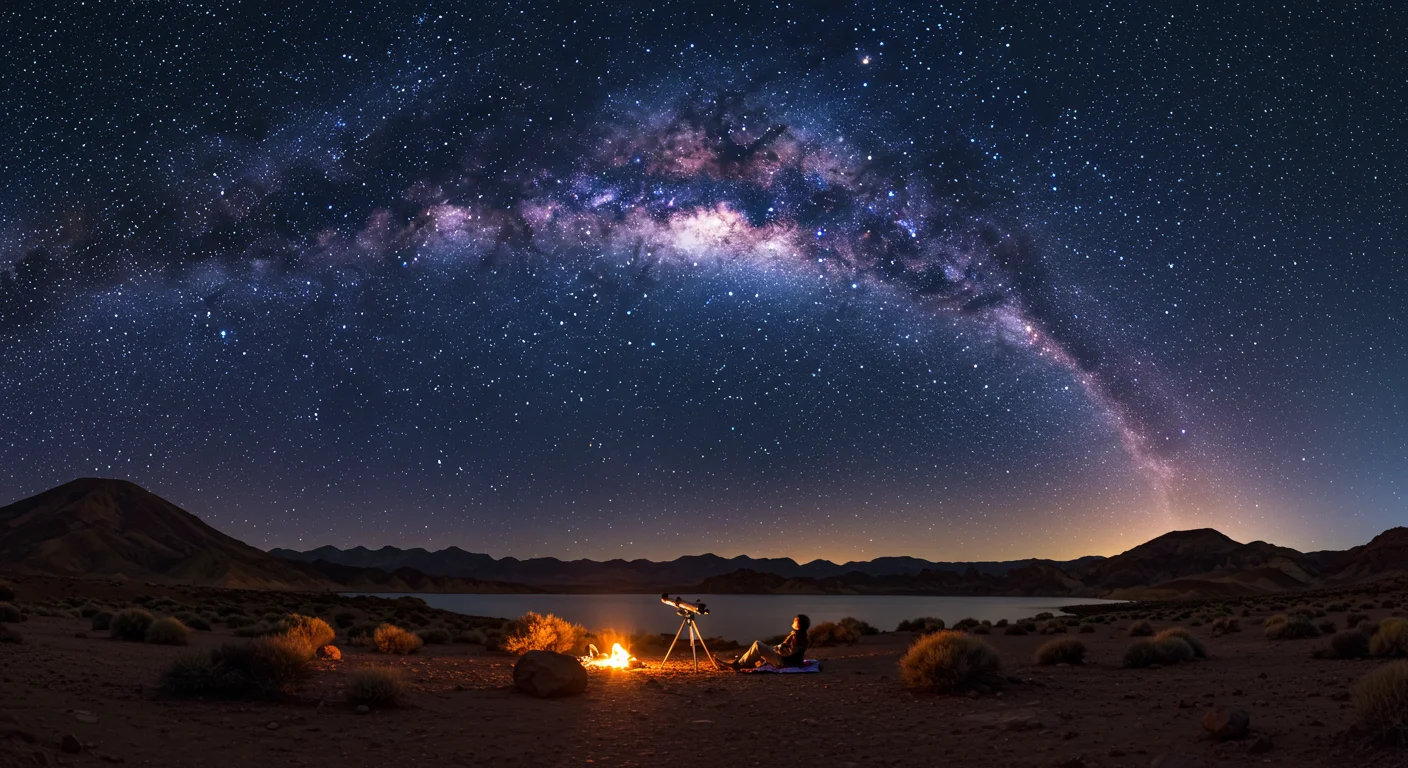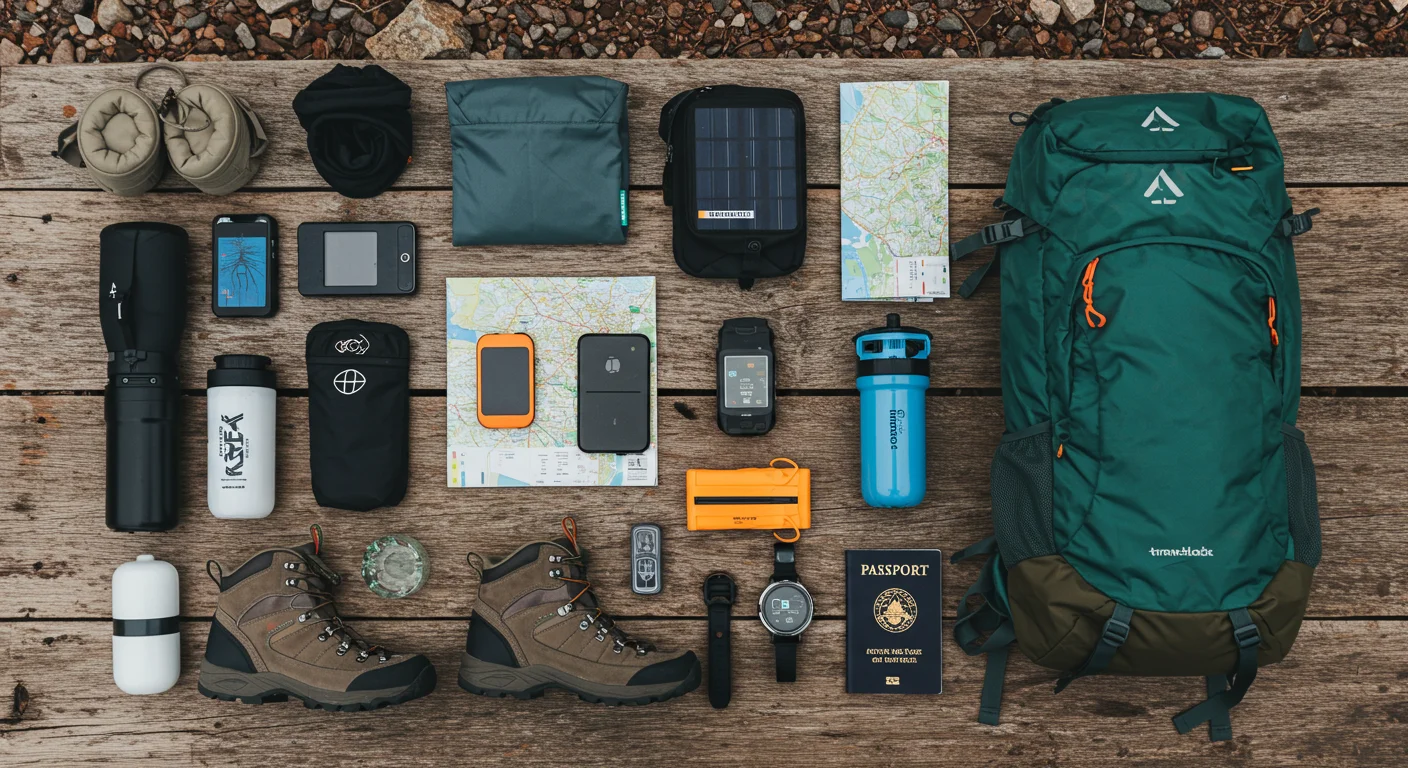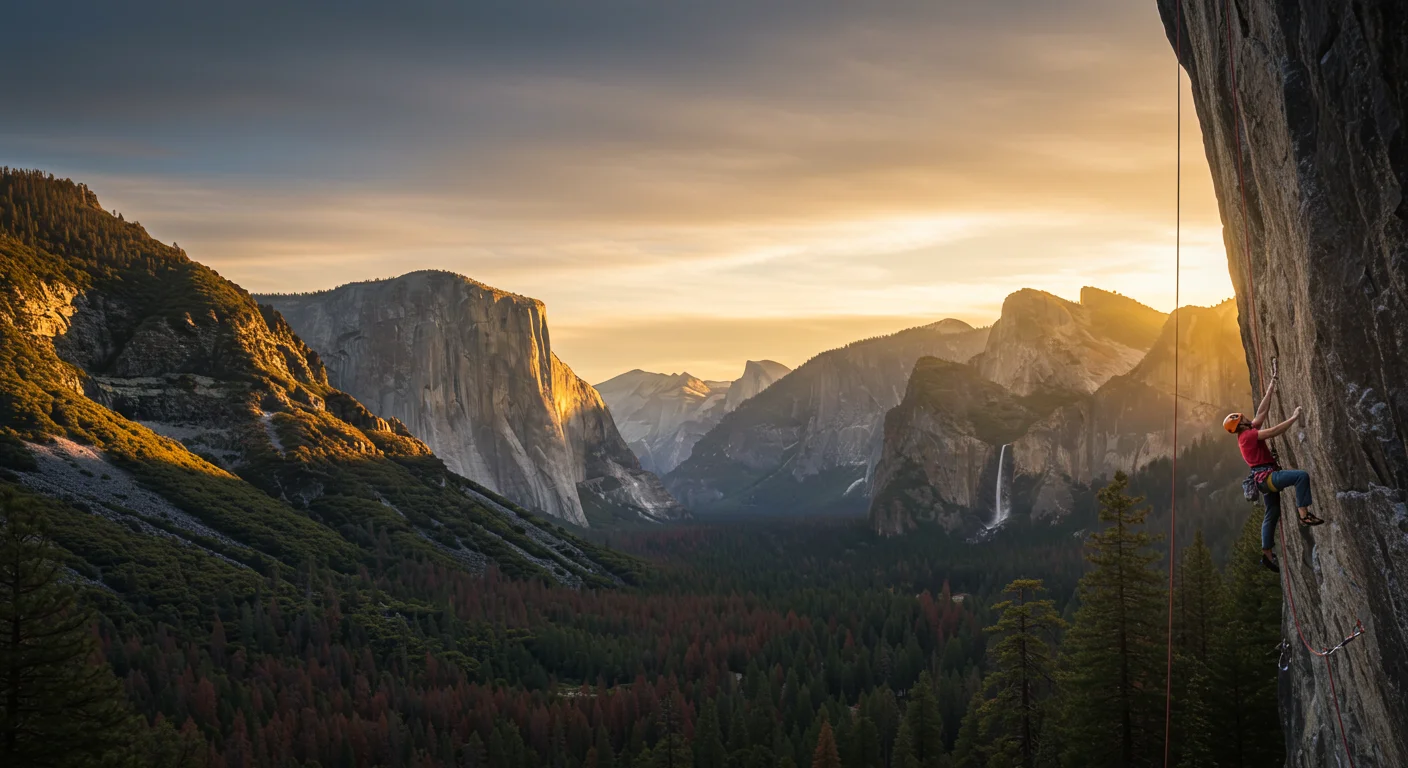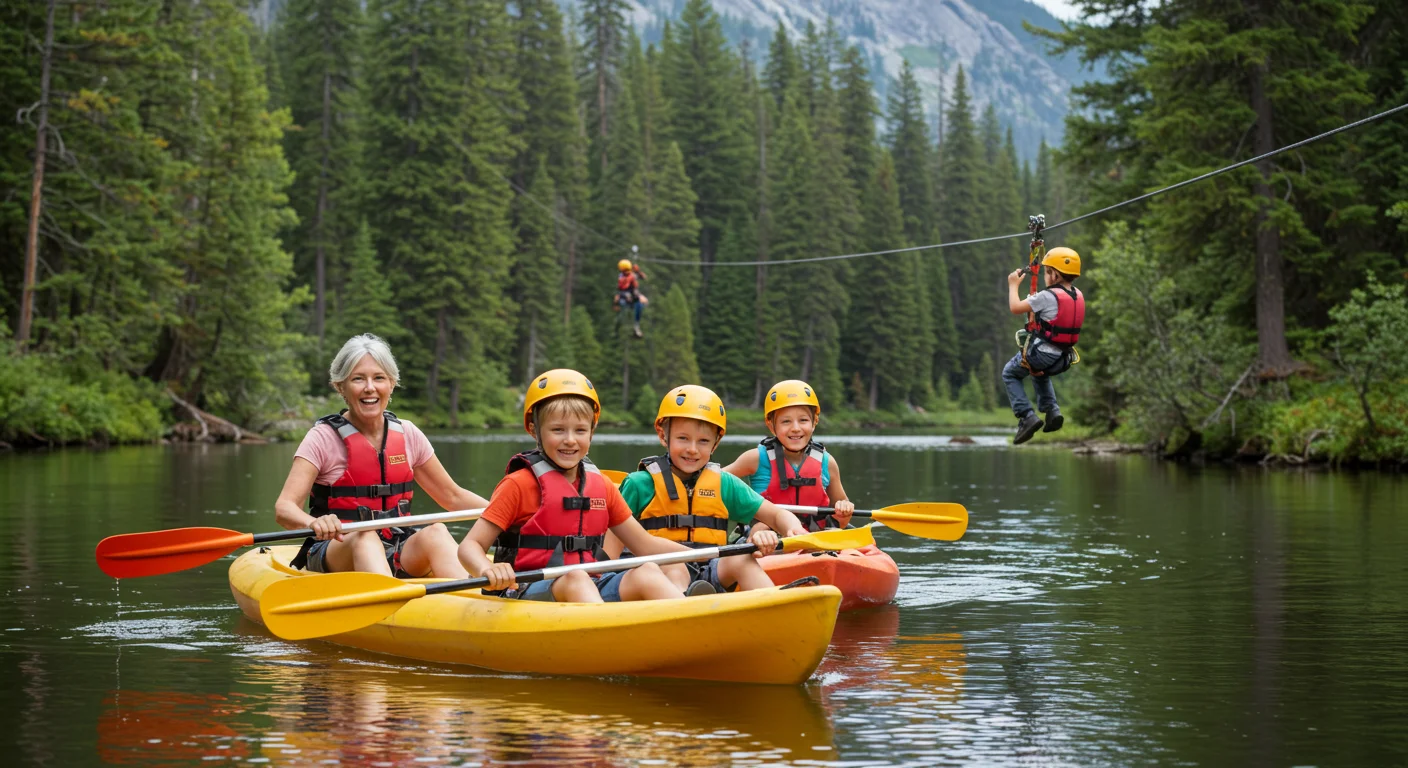The best natural wonders for stargazing offer clear skies and amazing views of stars. Imagine lying under a blanket of twinkling lights in a desert or mountain. This guide shares top places and easy tips to make your stargazing adventure super fun and unforgettable.
Why Stargaze at Natural Wonders?
Stargazing at natural wonders is special because these places have dark skies with no city lights to block the stars. You can see constellations, planets, and even the Milky Way. It’s like watching a giant sparkly show in nature. Plus, it’s a fun activity for families, friends, or even solo trips.
Places like deserts or high mountains are perfect because they’re far from bright cities. You’ll feel like you’re in a magical world, looking up at a sky full of stars. Stargazing also helps you learn about space and feel connected to the universe.
Top Natural Wonders for Stargazing
Ready to see the stars? Here are five of the best natural wonders for stargazing, each with clear skies and awesome views:
- Mauna Kea, Hawaii: This high volcano has super clear skies. Observatories here offer guided stargazing tours.
- Atacama Desert, Chile: One of the driest places on Earth, it’s perfect for seeing bright stars.
- Bryce Canyon, USA: Its high altitude and dark skies make stars pop. Join a park stargazing event.
- Namib Desert, Namibia: Wide open spaces and clear nights make this a stargazer’s dream.
- Aoraki Mackenzie, New Zealand: A dark sky reserve with stunning views of the Southern Cross.
Planning Your Stargazing Trip
Planning makes stargazing even better. First, check the weather—clear nights are best. Look at the moon’s phase; a new moon means darker skies for brighter stars. Pick a time when the sky is darkest, like late fall or winter for many spots.
Bring cozy blankets, a chair, or a sleeping bag to stay comfy. A star map or app helps you find constellations. Planning ahead ensures you enjoy the best natural wonders for stargazing to the fullest.
Essential Gear for Stargazing
You don’t need much to stargaze, but a few things help. Here’s what to pack:
- Blanket or Chair: Sit or lie down comfortably to look up for hours.
- Red Flashlight: Red light helps you see without ruining your night vision.
- Star Map or App: Apps like SkyView show you constellations easily.
- Warm Clothes: Nights can get cold, even in deserts.
With this gear, you’re ready to explore the starry skies.
How to Find the Best Spots
The best natural wonders for stargazing are far from city lights, so look for remote parks or deserts. Check if your destination is a dark sky reserve, like Aoraki Mackenzie, which means it’s protected for stargazing. Many parks, like Bryce Canyon, host stargazing events with telescopes and guides.
Once you’re there, find an open area away from trees or hills that might block the sky. Higher spots, like mountains, often have clearer views. Arrive before dark to set up and get comfy.
Tips for Amazing Stargazing
Make your stargazing trip awesome with these easy tips:
- Give your eyes 20 minutes to adjust to the dark for better star viewing.
- Avoid phone screens—they can mess up your night vision.
- Look for constellations like Orion or the Big Dipper to start.
- Join a guided tour for expert tips and cool telescopes.
These tricks help you see more stars and enjoy the experience.
Stargazing with Family or Friends
Stargazing is fun for everyone. Kids love spotting shooting stars or learning constellation stories. Bring snacks and hot cocoa to make it a cozy night. Tell stories about the stars or play a game to find constellations. It’s a great way to bond.
Many of the best natural wonders for stargazing, like Mauna Kea, offer family-friendly tours. These guides share fun facts about space that kids and adults enjoy. It’s a perfect group activity that creates lasting memories.
Protecting Dark Skies
Dark skies are special, but city lights can make stars harder to see. You can help protect them:
- Support parks or reserves that focus on dark skies.
- Use low lights when camping to keep the area dark.
- Spread the word about how cool stargazing is.
Protecting these places keeps the best natural wonders for stargazing awesome for everyone.
Quick Summary: Stargazing at Natural Wonders
Here’s a quick recap of how to enjoy the best natural wonders for stargazing:
- Pick places like Mauna Kea or Atacama Desert for clear skies.
- Plan for clear nights with no moon for the best views.
- Bring blankets, a red flashlight, and a star map.
- Follow tips like letting eyes adjust and avoiding phone screens.
- Protect dark skies by supporting conservation efforts.
Grab your gear, head to a natural wonder, and enjoy a night under the stars!



